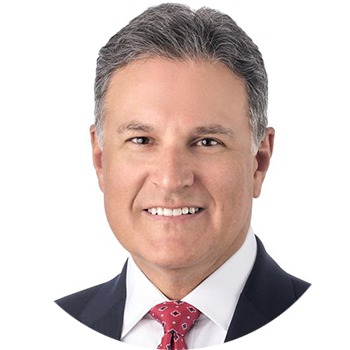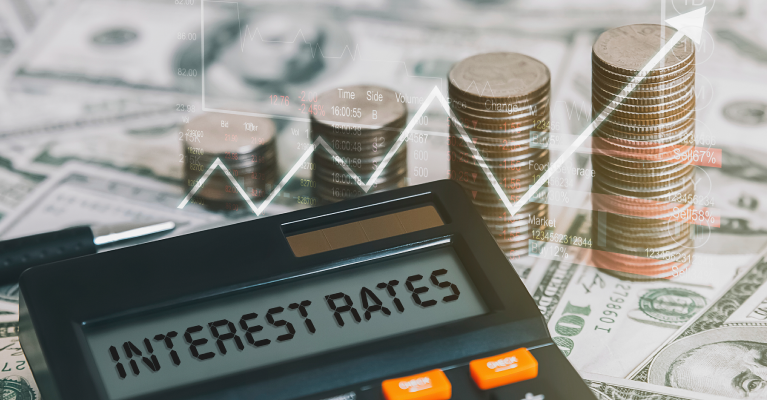In recent years, due to volatile investment and housing markets, reverse mortgages have become increasingly attractive to retirees looking for cash while staying in their homes. Working with their financial planner and mortgage lender, retirees can use reverse mortgages to benefit from their home’s equity for many purposes that were not generally considered years ago, including converting a Traditional IRA to a Roth IRA, delaying taking Social Security until full retirement age or later, and using the growth of the line of credit or a fund to pay for long-term care needs if they arise.
Here are some of the most common questions and answers regarding reverse mortgages to help you decide if one may be beneficial to you now or in the future.
How Does a Reverse Mortgage Work? Is it Insured?
The only reverse mortgage that is insured by the Federal Housing Administration (FHA), a Home Equity Conversion Mortgage (or HECM) is a federally insured home loan that allows homeowners, age 62 or older, to convert a percentage of their home’s value into cash or monthly payments made to the homeowner or a line of credit with a guaranteed growth factor while continuing to own and live in their home.
How Do I Know if I am Eligible for a Reverse Mortgage?
At least one borrower must be 62 years old or older and must occupy the house as their primary residence. Many times, a retiree may be in their early to mid-70’s and have a traditional mortgage, home equity loan or line of credit, and want to improve their available cash at the end of each month by eliminating the requirement of making a monthly mortgage payment.
Replacing a traditional mortgage that has a payment due to the lender each month is a great improvement in many retirees’ lifestyle and can enhance their ability to enjoy their remaining years with reduced financial pressure.
Home values for reverse mortgages can vary quite a bit, with values as low as $35,000 and up to $1 million or more.
How Do Most People Plan to Use the Funds?
In the past, people who were in financial hardship and had few options used a reverse mortgage to stay in their home. After some needed changes in the industry, most of the loans are still used to pay off an existing forward mortgage or home equity loan.
But the biggest change is how many financial planners are incorporating their clients’ “housing wealth” into their clients’ retirement income planning.
It’s important for anyone considering a reverse mortgage to understand that an HECM is not the answer to every situation.
When considering a reverse mortgage, you should ask yourself:
- Is my home the right home for me to live out my years? (Should I stay or should I go now?)
- If you are considering downsizing, you may want to explore using a reverse mortgage to purchase a home that better fits your desired retirement lifestyle. This option could enable your financial advisor to put the extra money to work for you in your retirement income planning.
- Will I run out of money to meet my basic living expenses?
- Will I have enough money to enjoy retirement on my terms?
- Will I have access to money when I need it?
- Will I be able to leave any money to my family/friends?
- Will I be able to handle health-related expenses?
Remember, a reverse mortgage is still a mortgage, but the difference is that the monthly payments to the lender are optional, and repayment is due when the last of the borrowers no longer occupy the house as their primary residence.
Speak with your financial planner and banker or lender to determine if a reverse mortgage may be right for you.

Helping you boost your financial intelligence.
Read our financial resources from your friends at WSFS.




